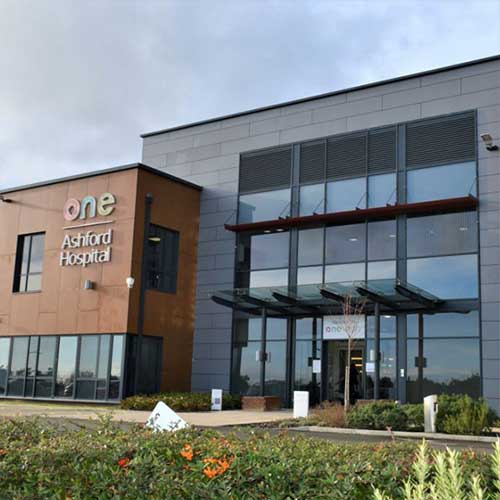Pilonidal Cyst Surgery
A pilonidal cyst, also known as a pilonidal abscess, pilonidal dimple, pilonidal disease and pilonidal sinus, is a sac filled with hair and skin debris that almost always forms at the top of the crease of the buttocks and at the bottom of your tailbone (coccyx). The appearance resembles a large pimple, is more common in men than in women, and occurs more often in younger people.
Causes of a Pilonidal Cyst
Pilonidal cysts generally occur when hair penetrates the skin and then becomes embedded. Other causes of these cysts include:
- Small groups of hair, dead skin cells and bacteria getting stuck in the pores
- Ingrown hairs (hair follicles can be found inside the cyst)
- Trauma to that particular area of your body
- Obesity
- Excessive amounts of hair
- Lack of exercise
- Prolonged sitting
- Tight fitting clothing
- Extreme sweating
You can also develop pilonidal cysts in between your fingers, usually experienced by barbers and dog groomers.
Symptoms of a Pilonidal Cyst
There may be no symptoms if the pilonidal cyst is not infected, however signs and symptoms of an infected pilonidal cyst include:
- Pain, redness and swelling to the top of the buttocks
- Fever
- Low back pain
- Tender to touch
- Discharge of blood or pus from an opening in the skin in the affected area
- Foul-smelling odour from the pus
Contact your doctor if you notice any signs or symptoms.
To help prevent pilonidal cysts from occurring, try to keep the area clean and maintain a healthy, balanced lifestyle such as avoiding prolonged sitting and maintaining a healthy weight. If you have experienced pilonidal cysts in the past, it may be advised to regularly shave the affected area or use hair removal products to decrease the risk of recurrence.
Diagnosis of a Pilonidal Cyst
Typically, your doctor can decide whether you have a pilonidal cyst by performing a simple, physical examination. If there appears to be severe infection, a blood test may be ordered for diagnosis.
Treatment may not be necessary if there is no sign of infection. However, there are steps you can take to ease discomfort at home:
- Soaking in a warm bath up to your hip
- Take over-the-counter pain medicine (follow the dosage instructions)
- Maintain a clean and dry area around the cyst
- Essential oils may help soothe and fight any infections
- A cushion or pillow when sitting may increase comfort and provide support
- Regular exercise can improve blood flow which aids the healing process
Treatment and Procedure
There are a number of procedures a doctor can use to drain or remove the cyst and treat the affected area. Options include:
Incision and drainage
This is a simple procedure performed under local anaesthetic (just the affected area is numbed) and is an ideal technique for a first pilonidal cyst. Your doctor will make an incision into the cyst and drain it, removing any hair follicles, leaving the wound open and then packing the space with gauze. You will usually be able to return home the same day following the procedure and will be given instructions regarding cleaning your wound and changing the dressing.
Marsupialization
A surgical procedure performed on an outpatient basis and usually under local anaesthetic. Your doctor makes an incision and drains the cyst, removing any pus and hair found inside. They will then sew the edges of the skin, leaving a small, permanent opening so fluids can drain freely taking. It generally takes around 6 weeks to heal.
Incision, drainage and closing of wound
In this method, the cyst is drained, but the wound is closed straight away following surgery, eliminating the need to pack gauze. With this procedure, it is more likely you will encounter future problems as it is harder to remove the entire cyst.
Pilonidal Cystectomy
A pilonidal cystectomy is a surgery to completely remove the cyst. This procedure is performed in an outpatient setting and takes around 45 minutes (you will need to arrange for someone to drive you home). An incision is made to remove the skin with the pores and the underlying tissue with the hair follicles. Sometimes a tube is used to drain fluid following the surgery. This will be removed later when the fluid has finished draining. While this technique is more complicated than an incision and drainage, it is also more likely to be successful.
Your doctor will offer instructions on how to keep your wound clean; you must follow these directions carefully to avoid an infection or recurrence.
Post-Operative Recovery
Following surgery, your doctor may decide to leave the wound open or close it with stitches. The use of stitches may help the recovery process, but there is a stronger possibility that your cyst will return.
Wound care is particularly important following surgery. Your doctor or nurse will give you detailed instructions on how to change dressings, what to expect during the healing process and when to contact the doctor. You may be advised to shave around the wound site to prevent hairs from entering. It usually takes 1-3 months for complete recovery, depending on the surgical technique used and if stitches were required.
Experiencing some pain or tenderness during the recovery process is completely normal and can be managed by avoiding vigorous activities, using a cushion to sit on and avoiding sitting on hard surfaces for long periods.
Risks and Complications
All surgical procedures include a certain degree of risk and can result in complications:
- Pain (usually mild and can be treated with over-the-counter pain killers)
- Bleeding (blood clots or excessive bleeding)
- Infection of the wound (redness and swelling, can be treated with antibiotics)
- Scarring (usually fading over time but there will probably always be a mark on your skin)
- Wound healing problems (higher risk if you have other skin conditions)
- The cyst may come back
If you develop any problems following your Pilonidal Cyst Surgery, you should speak to your doctor so that you can get any additional care that you need.
Prognosis
Pilonidal cysts can be irritating and sore, but the prognosis is generally good and the cysts are often cured with surgery. Unfortunately, recurrence of cysts is common and is estimated to occur between 40-50% of individuals.
Need Help?
At One Healthcare we can book you in to see a specialist general surgeon, usually within 48 hours, for an initial consultation. Pilonidal Cyst surgery is available at One Ashford Hospital in Kent and One Hatfield Hospital in Hertfordshire.
You can use your private medical insurance or pay for your Pilonidal Cyst Surgery treatment. We offer competitive, fixed price packages as well as the ability to spread the cost of your treatment over a number of months. If you are using your health insurance, please contact your insurer first for approval and let them know you’d like to be treated at One Ashford Hospital
Why One Ashford Hospital
- Access to leading Consultants within 48 hours*
- Spread the cost with finance**
- Competitive fixed-price packages
- Modern purpose-built hospital
- Private, spacious, ensuite rooms
- Specialist Physiotherapy and nursing teams
- Little waiting time for surgery
- Calm, dignified experience
*Dependent on Consultant availability
**Terms and conditions apply
Contact us and find out more
If you are based in and around Kent, Maidstone, Dover, Canterbury or Folkestone and would like to visit the One Ashford Hospital please click hereGeneral Surgery Pricing Guide at One Ashford Hospital
This is a list of guide prices for some of common General Surgery treatments and procedures.
| Treatment | Guide Price | Monthly from |
|---|---|---|
| Hernia Repair - Groin (Inguinal) | £3,895 | £90.56 |
| Gall Bladder Removal (Laparoscopic Cholecystectomy) | £7,095 | £164.97 |
If treatment for your condition is not listed above, contact the hospital on 01233 423 000 where a member of our Reservations team can provide you with a quote.




 One Ashford
One Ashford One Hatfield
One Hatfield